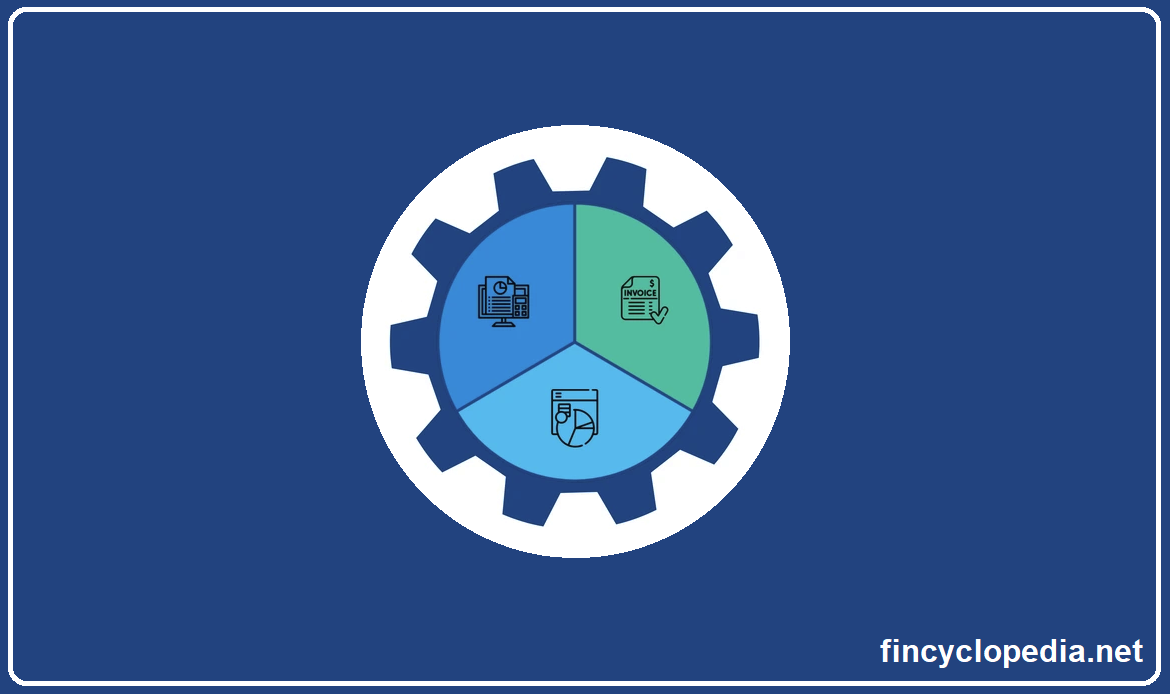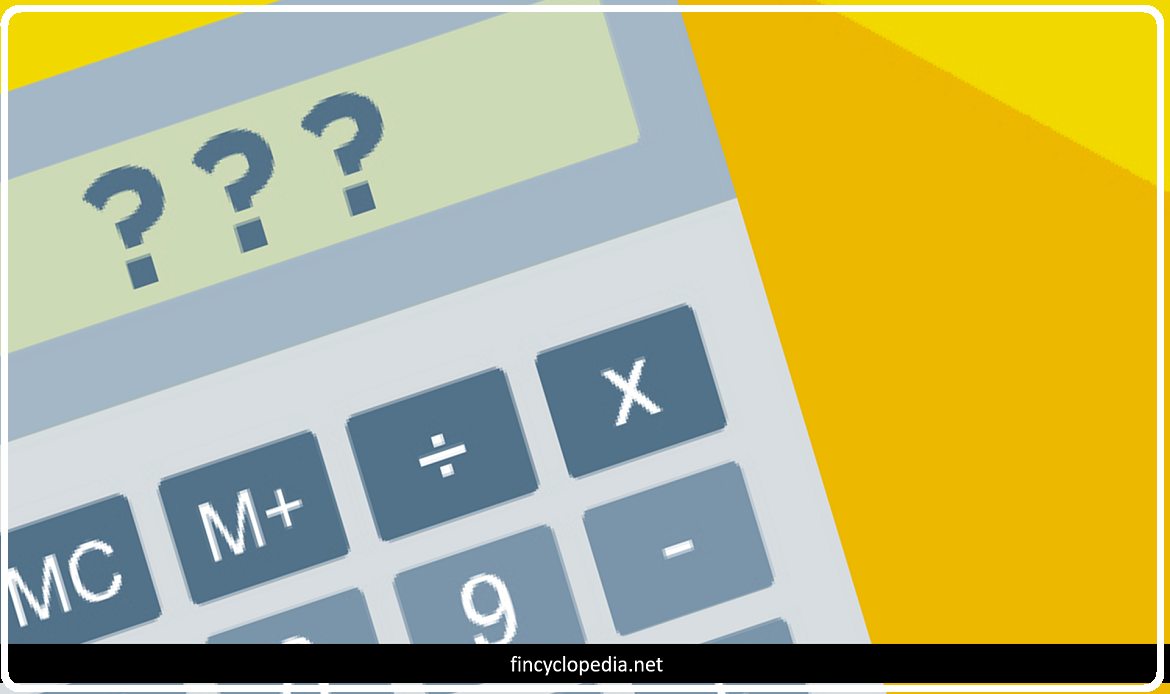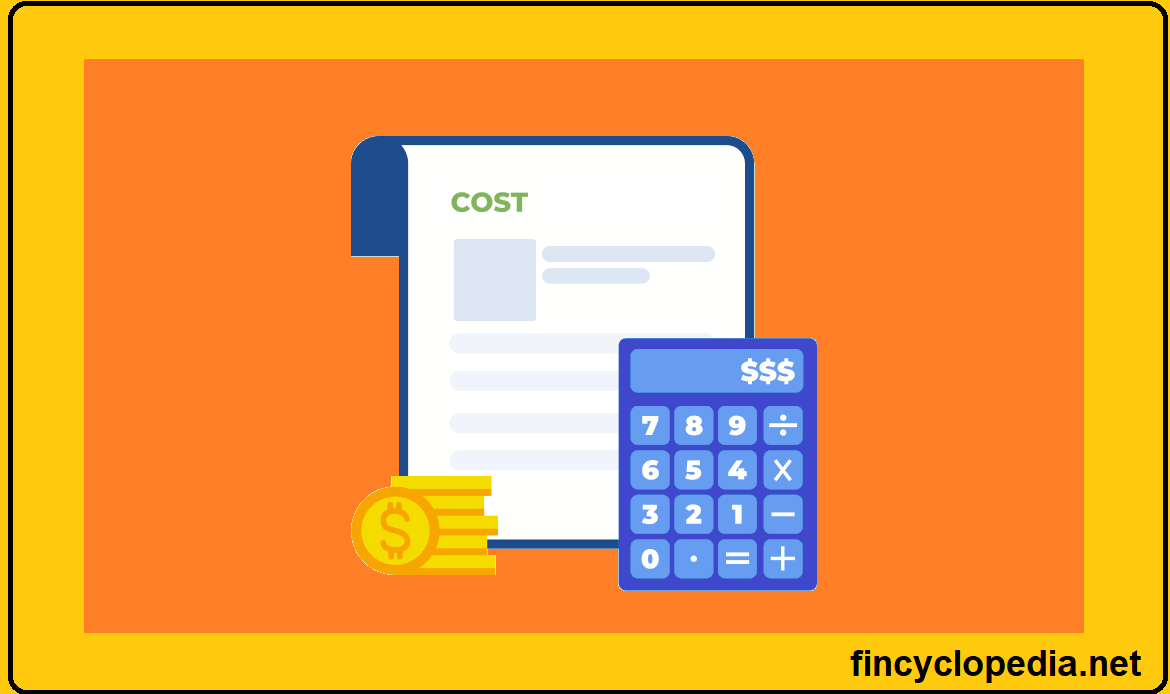Depreciation of fixed assets (tangible assets) that involves the allocation of the cost of an asset over its useful life. Depreciation is a non-cash item, that is, depreciation expense does not constitute an actual cash flow for an entity. However, this expense appears on the entity’s financial statements (the income statement) and ultimately reduces its net income.
As a practice, accumulated depreciation is reported on the statement of financial position (balance sheet), showcasing the impact of the depreciation on the value of the entity’s fixed assets appearing on that statement. Accounting depreciation is usually calculated using two common methods: straight-line depreciation and accelerated depreciation.
By nature, accounting depreciation does not consider current replacement costs, physical state of the assets, improvements or impairment, current utilization of the assets, changes in the effective useful life of the assets, impact of functional or economic obsolescence, and salvage value (in many cases).
Accounting depreciation is also known as book depreciation.







